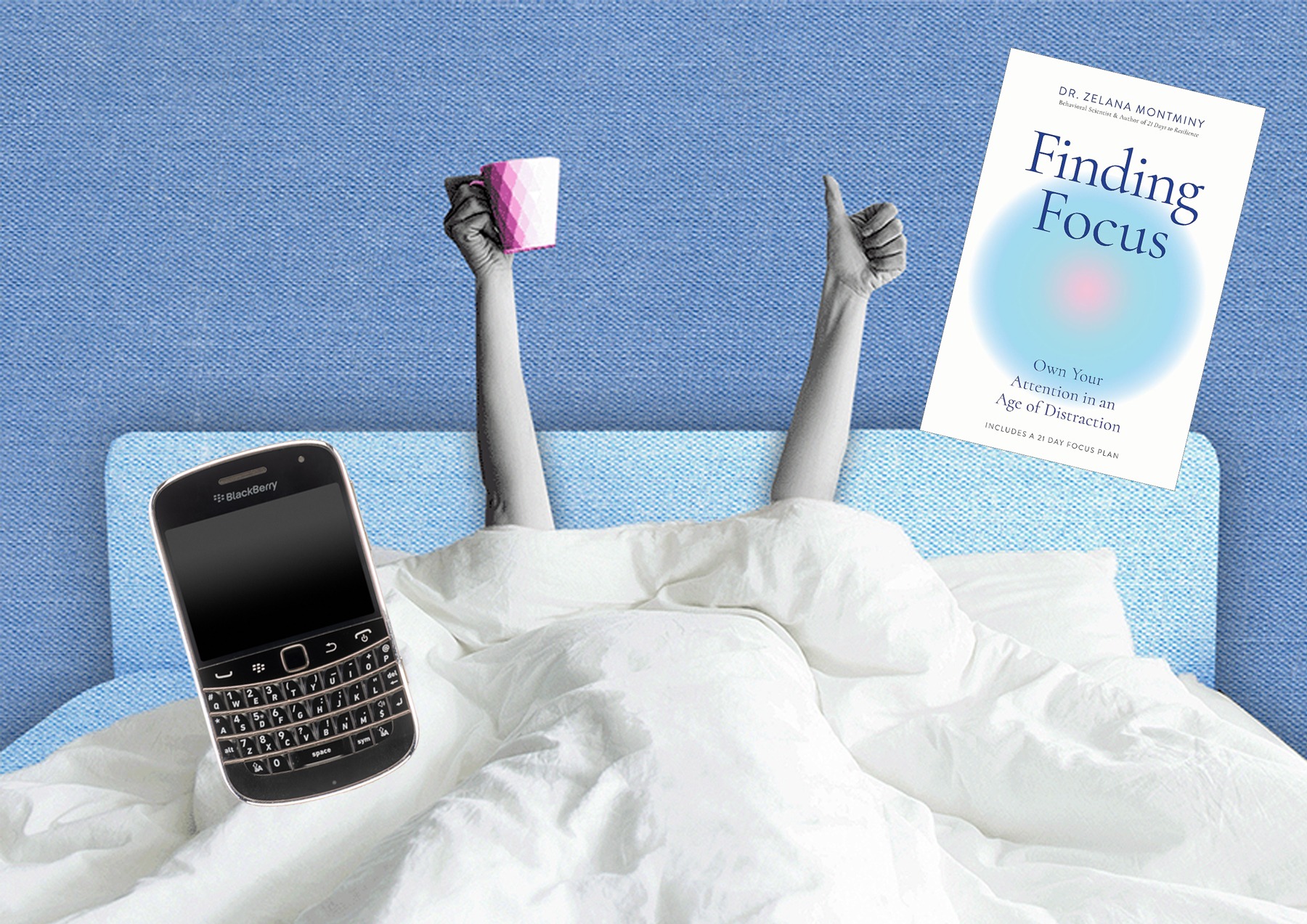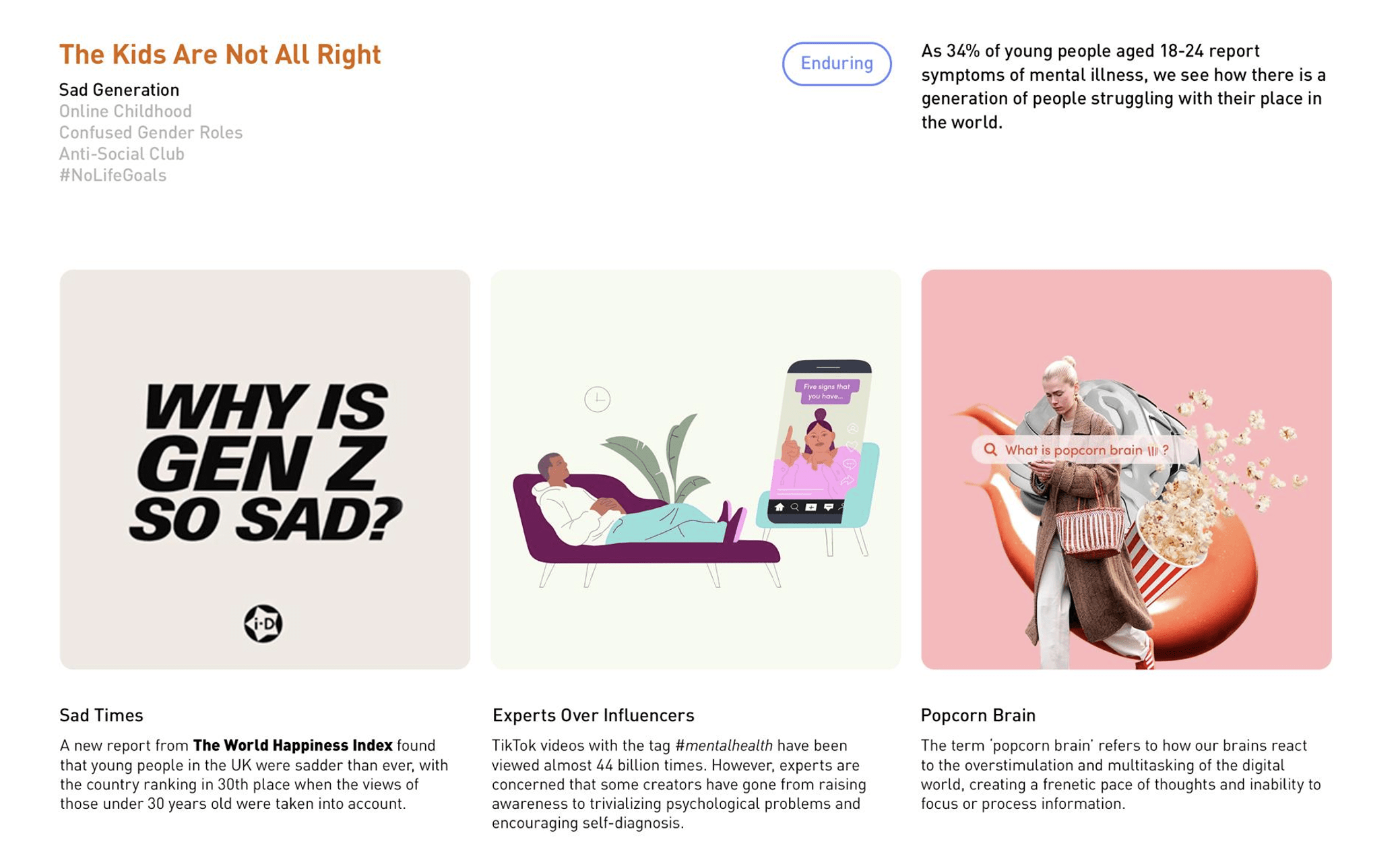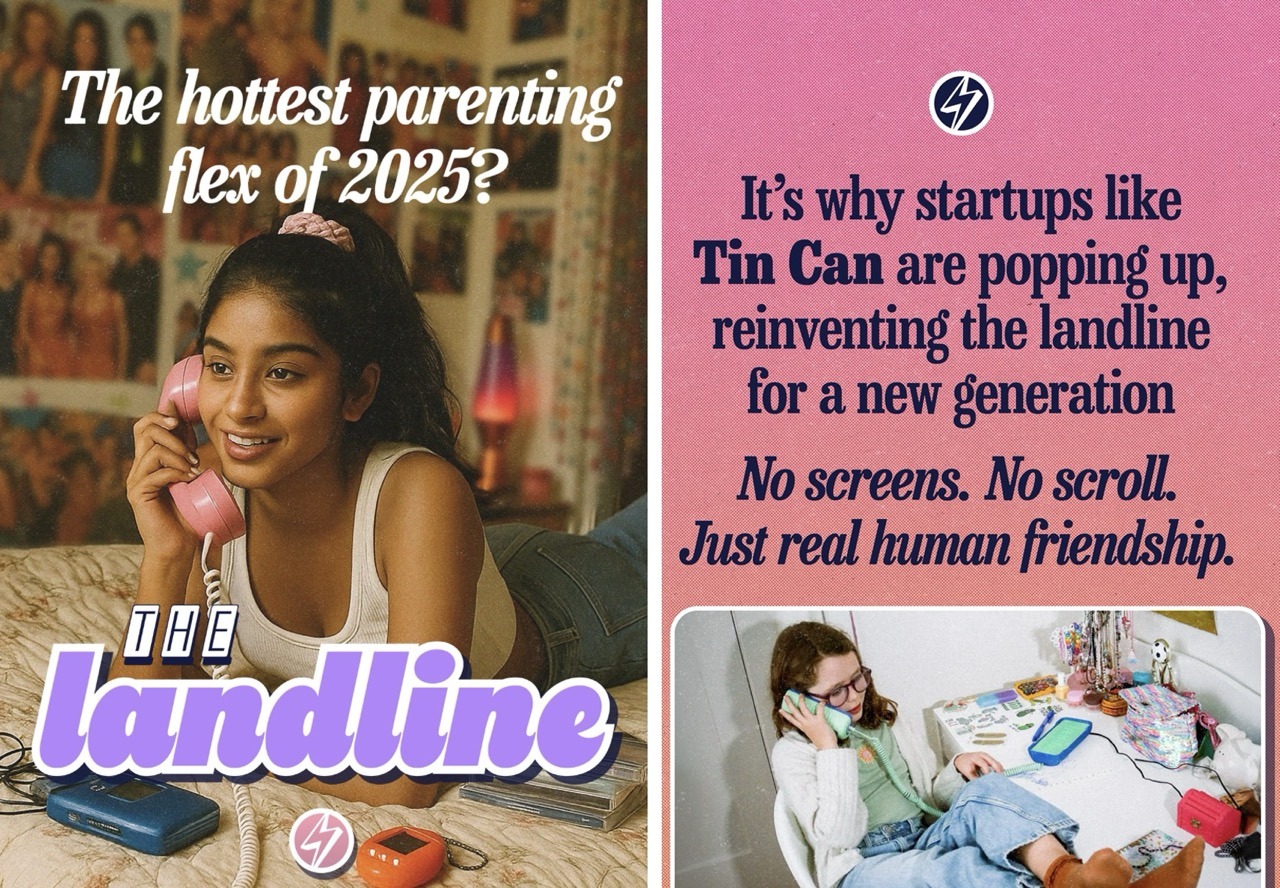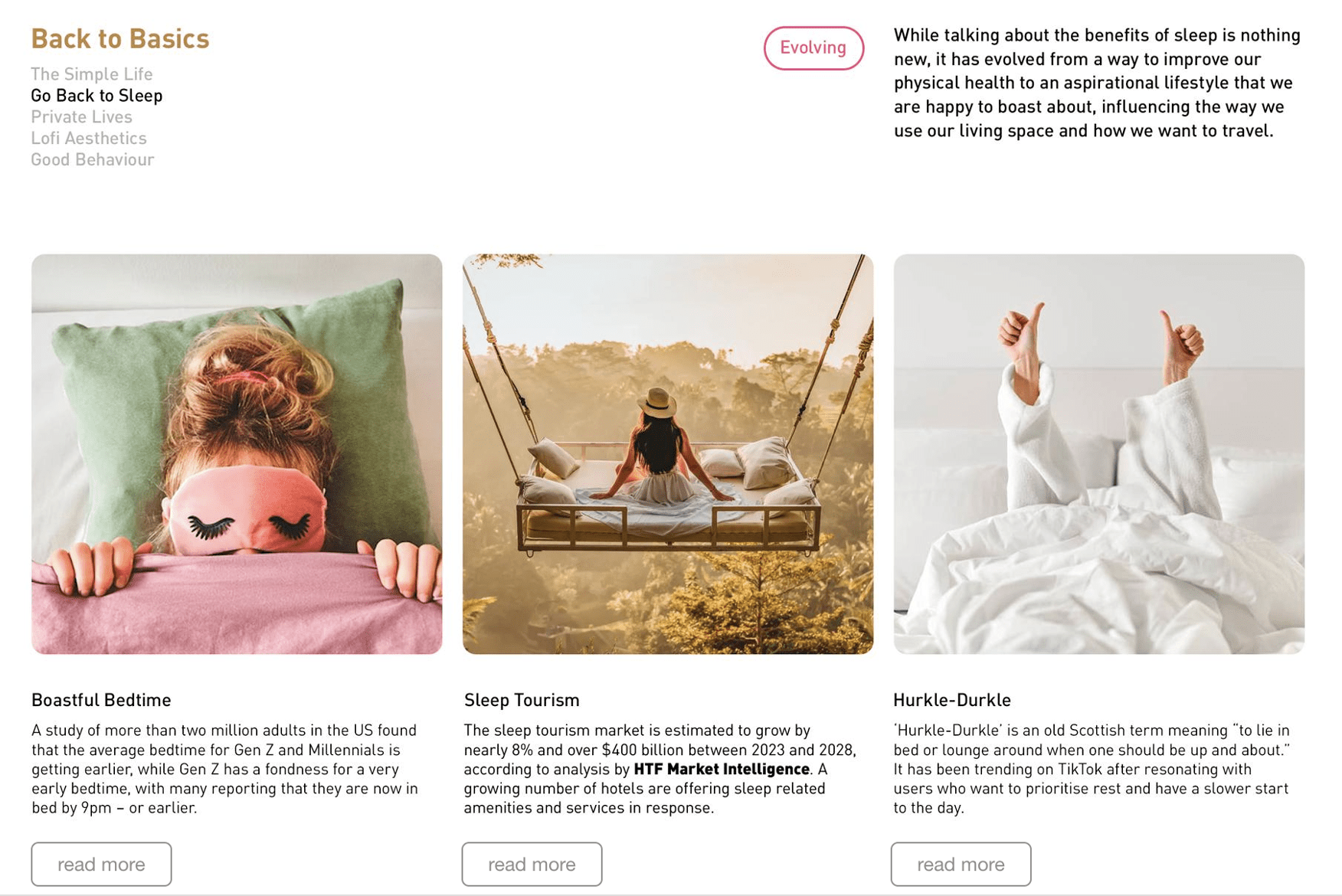
There was a time when I had a husband, two children, a dog, two cats, a job and wrote a blog every other day. I got up at 6am, fed the animals, wrote the blog, got the kids ready for school, went to work, picked them up from after school club, did dinner, supervised homework and bedtime and and still managed to have a life. I read books, saw films, watched tv, exercised (sporadically) and socialised with friends.
I wasn’t some sort of superwoman – as this is, as we all know, simply just life as a working parent. But when I look back I wonder how I fitted it all in. I was pulled in many directions on a daily basis and often felt that I was neither a great mother, or amazing at my job. I did my best, and despite being exhausted at the end of every day, I still managed to get stuff done without feeling too overwhelmed. I was sometimes stressed but not super stressed and although my children watched tv and eventually had a Play Station (in the living room) and a computer (in the kitchen) technology didn’t interfere with our lives too much. The internet took ages to load and there was nothing much of interest on there. When my tween daughter started to get into MySpace it occasionally got political when they introduced the ‘top friends’ feature, but mostly she was just chatting with friends and consequently learning to code – in a very basic way – as her desire to customise her page grew. When she got a Blackberry things started to ramp up – with the threat of taking the phone away eventually becoming the only real thing she would listen to. The Eastenders style argument in the middle of the street, with us trying to wrestle the phone from one another, wasn’t our finest moment, but compared to the almost constant tech that today’s teenagers interact with, it was happy days.
Now, technology infiltrates every corner of our lives and AI is only set to accelerate this shift. We live under a barrage of emails, notifications, alerts, and apps – tools designed to make life simpler – that actually fracture our attention, scatter our thoughts and leave us feeling pulled in too many directions. The pressure has shifted, but the overwhelm is real.
A new book by Zelana Montminy Finding Focus – Own Your Attention in an Age of Distraction, looks at how attention is now one of our most precious resources, but also one that is under constant siege.
“We are in a crisis of distraction,” she says. “We are constantly task-switching. Our attention has been hijacked in so many ways. And no matter how many hacks we’re doing, we are exhausted. But it’s not from doing too much. It’s from being everywhere and nowhere all at the same time.”

USP Macro A/W 25/26
If these constant distractions are damaging our wellbeing – mental and emotional – and reducing our ability to live with clarity, presence and meaning, what are they doing to the lives of Gen Z and Generation Alpha who have grown up with technology? Watching Educating Yorkshire on UK TV this week, highlighted this growing problem. The (amazing) teachers are not only trying to educate the pupils at Thornhill Academy in West Yorkshire, they are also trying to manage their digital lives. The girl who would rather be excluded from school than give up her mobile phone, was both shocking and very sad. The teacher in charge was both astounded and powerless to do anything about it.

@smartphonefreechildhood
Mobile phones, for all their potential to support learning, often end up eroding it. They fracture concentration, interrupt face-to-face connection, and add another layer of pressure to an already demanding environment. Where do we draw boundaries? How do we give children the benefits of connectivity without the constant stress that comes with it?

USP Macro A/W 25/26
We have talked about Bed Rotting and Hurkle Durkle (lying in bed scrolling) in previous trend reports, but it seems like this has increasingly become a more serious problem for many of today’s young (and not so young) people. A report on Vice found that a survey by Amerisleep shows the average American spends about 364 hours a year, roughly 15 full days, bed rotting. Gen Z is leading the movement, clocking in about 498 hours annually. Women (67 percent) were slightly more likely than men (64 percent) to engage in the habit, and hybrid workers topped the charts compared to remote or in-person employees.
Has working from home contributed to this bed rotting malaise? If there is no need to get up and get out of the house, are we encouraging this constant need for connectivity that disrupts our sleep patterns, masks underlying issues such as anxiety and burnout and hinders social connection? Or is it offering temporary escape and relaxation and a form of self care?
Not to sound like a Boomer (which I am) but for me, staying in bed is reserved from when I am really ill and just the thought of lolling around in my PJs all day makes me feel depressed. When my dad retired his mantra was, ‘always put on your shoes, as at least you feel like you have somewhere to go.’ And my best friend once famously said “I only like going to work so that I can put on an outfit.” I couldn’t agree more. WFB (working from bed) and bed rotting is not for me. When I no longer have a job to go to, I resolve to get up, put on an outfit and a slick of red lipstick and I’m good to go, even if it’s just to go the Post Office.
So how does Zelana Montminy suggest we find focus?
-
Prioritise Foundational Health: Don’t under estimate the importance of sleep, nutrition, and physical activity in maintaining cognitive function and focus. Neglecting these basics can lead to diminished attention and increased distractions.
-
Implement Micro-Pauses: To counteract constant multi tasking take brief breaks throughout the day. These “micro-pauses” allow the brain to reset and can enhance sustained attention.
-
Establish Tech Boundaries: Recognise the dopamine inducing effects of digital distractions and set clear boundaries with technology. This includes, not checking phones first thing in the morning and designating tech-free zones or times.
-
Cultivate Boredom: Embrace moments of boredom as these can strengthen the brain’s ability to focus. Allowing the mind to wander can enhance creativity and attention span.
-
Adopt a Seasonal Approach to Life: Instead of striving for constant balance, align your energy with the demands of different life phases. Periods of intense focus can be followed by times of rest and recovery.
-
Engage in Reflective Practices: Acknowledge the value of mindfulness and self-reflection to regain focus. Activities such as yoga, meditation or journaling can help re-prioritise and reduce mental clutter.
She makes it sound so easy doesn’t she, but let’s be honest, we are all addicted to our phones. Who doesn’t roll over in bed first thing in the morning to check their messages, Instagram feed and breaking news of the day – has Brooklyn Beckham made up with his family, what’s the TikTok tea about MAFS (Married at First Sight) and just what has Ariana Grande said about Trump supporters. None of it important, but all of it filling our heads and diminishing our focus.
I used to tell my children when they asked for screens on a long car journey – look out of the window and imagine things. Perhaps thats what we all need, less scrolling and more day dreaming.






